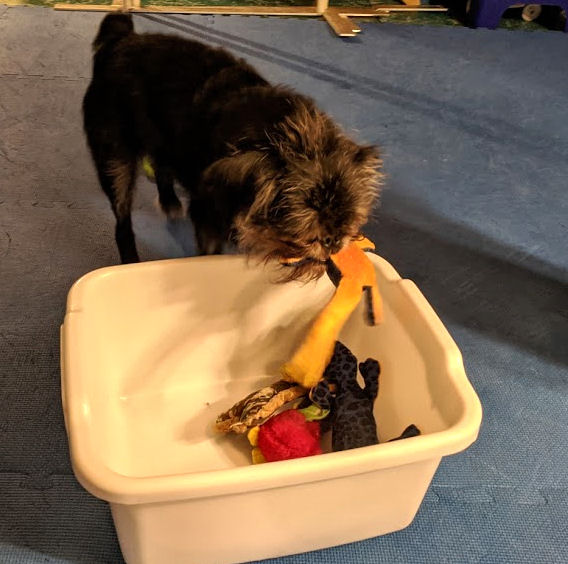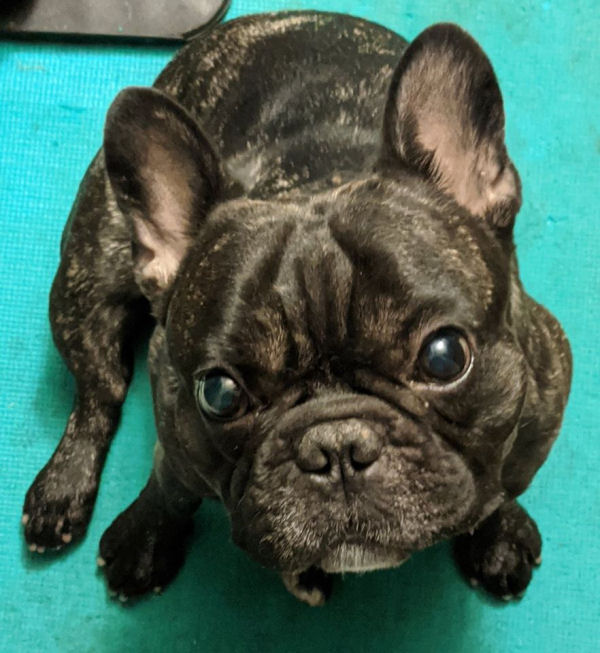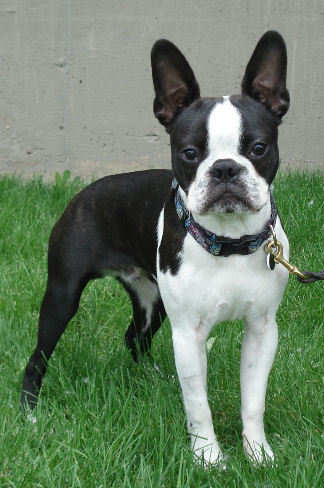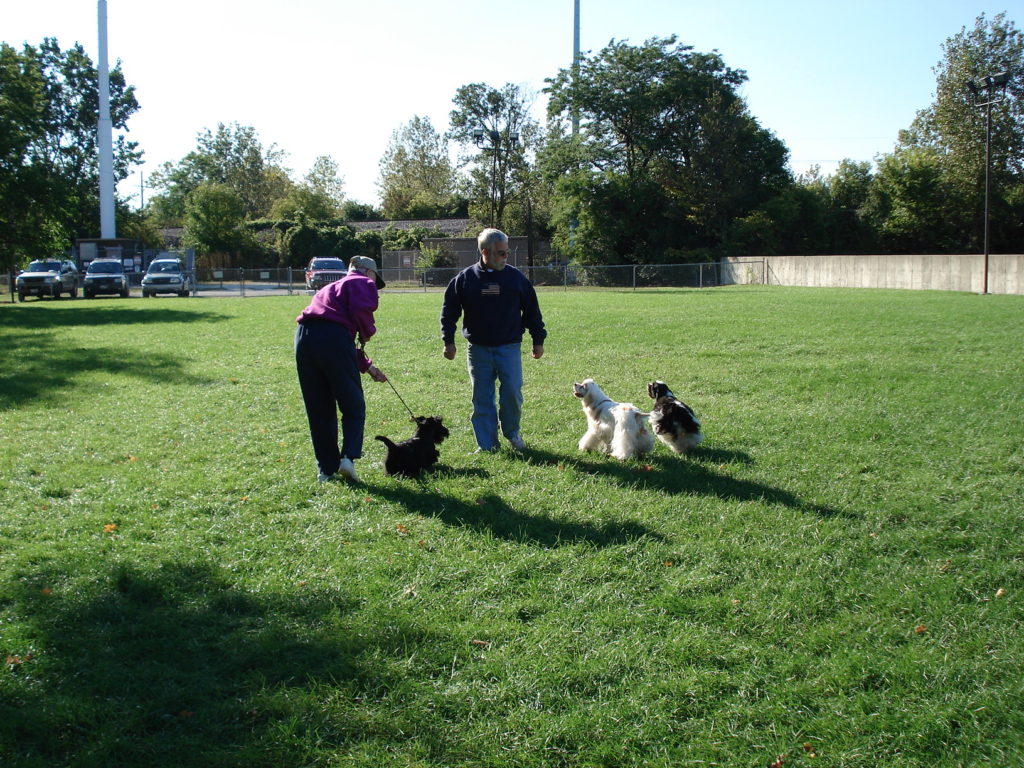What’s the bottom line for your dog? What are the things that he or she values most? And how can you use those high-ticket items to shape the behavior you want?
The entire basis for successful, science-based, 2-Minute-Trainer dog training is a compact we have with our dogs: they get what they want when we get what we want. It’s the best deal anyone’s ever made. Our dogs understand what’s expected of them and know they’ll be rewarded, comfortable, and loved. And we have loyal, loving, well-behaved, and adorable companions.
Adding value for everyone
What things are dearest to your dog? Is it food? Food-motivated dogs are a pleasure to train. Gratification is almost instantaneous.
Do toys and play rate highest for your dog? So much fun to be had by all with training games.
Humans and dogs both have a rating system for rewards. For most people, chocolate is more rewarding than Brussels Sprouts. Think about your dog’s preferences. One of ours adores celery – it’s a very high-value treat. When we really want him to pay attention, we have celery in our treat pouch.
Likewise, some toys are more important than others to toy-loving dogs. If you’re playing a training game, think about whether your dog will give up the toy to go back to the game, or if it’s so precious to him/her that he’ll lose interest in the game and focus instead on the reward.
Transferring the value
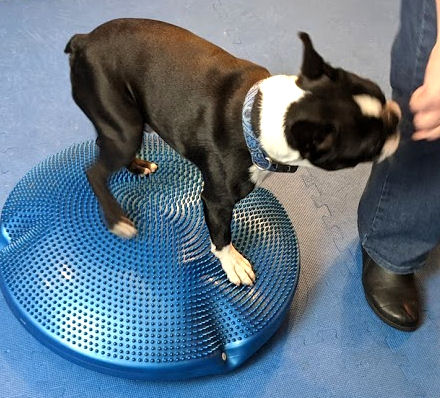
You can use the things that your dog prizes make other “things” valuable. For example: we have our dogs work on balance and fitness on an inflatable balance disc. (A couch cushion can work just as well. For more on this, go to the post.) Whenever our dogs get up on that disc, they are rewarded. Every single time. That balance disc is one of the most valuable things in the house to every one of our dogs because they know its value.
From the dog’s perspective, it’s not the “thing.” It’s what happens when he interacts with the thing.
Say you want to start the “put your toys away” game. Start with the “thing” that you want your dog to pick up. You can use any household item; a spatula, a paper towel tube, an empty plastic jar, whatever you want.
Put the thing down in front of the dog. When he looks at it, reward. And offer the reward close to the “thing.” In almost no time, the “thing” acquires value. Dog thinks: “When I look at it (touch it, pick it up, carry it) I get something great every time. I love that thing!”
Transfer the value
It works no matter what. You can add value to any object or place, just by consistently showing your dog it’s important. Dogs love us and want to please us, but they’re also sufficiently selfish to do what benefits them. Dogs will repeat behaviors that have value. That’s every dog’s bottom line.


